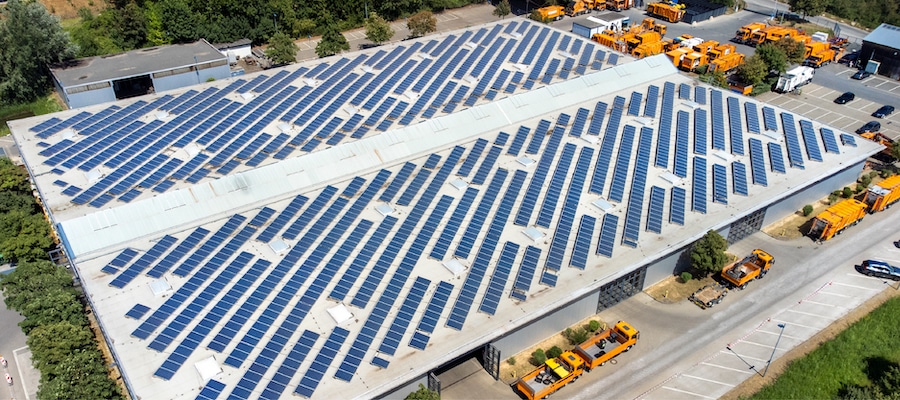How Many Fleet Managers Does it Take to Complete an EV Transition?
By Andrew Brown, Strategic Partnership Director
Of course it’s a trick question …. Transitioning your fleet from diesel to EV is a major and costly undertaking involving change across your entire business, from fleet operations to facilities, finance, procurement, sustainability and senior leadership. It’s a major transformation requiring multiple teams to be aligned and working in synchronisation, both internally and external to the business. It’s like orchestrating a symphony of moving parts.
Given the complexity, it’s essential to implement a collaborative, multi-stakeholder approach. Establishing a dedicated steering group or committee is instrumental in aligning objectives and judiciously allocating resources across energy, fleet, and facilities.
It is also important to consider whether to hire in fleet electrification expertise to build an integrated roadmap that delivers on your vision and fill any internal skills gaps. In fact, a recent study suggests that 60% of fleet operators plan to partner with fleet management service providers to accelerate their transition.
Getting started
Once you’ve established and engaged the team that need to be involved for the transition, it’s time to define your first steps. These look different for every business, but here are some of my key learnings to help you understand where you should look to begin:
Benchmark your current fleet with accurate data
Using your current Fleet telematics and energy data will enable you to identify which vehicles are ready for electrification first and how to phase the EV implementation. Ensure you’re making the right decisions based on insights from the data.
Assess your charging needs
Working out the size of charging infrastructure necessary for your fleet’s operations is crucial. Making assumptions in the complex realm of fleet electrification can be a costly mistake. We see fleets that are over-specified by as much as 20%. You may need planning permission.
Assess your power supply
Energy supply is a critical success factor for the transition and absolutely must be top of the list of considerations during the planning phase. So: do you have sufficient on-site energy for vehicle charging, and what will be the associated costs? Do you need to switch supplier? Can you install solar generation to reduce your energy demand?
Define the business case
Will you purchase or lease your EV fleet? What funding will be required ? Are there any relevant government grants available? Electrification and its requirement for digitisation can drive increased efficiency in fleet operations, leading to lower costs and higher margins versus today’s diesel fleets.
Consider third-party help
With a change of this scale, the expertise of a specialist partner can be invaluable when it comes to anticipating challenges, managing stakeholders, guiding decisions and progressing with your transition at pace.
Moving beyond trials – scaling up is a radically different challenge
You’ll naturally reach the next stage of running a trial. An EV trial is far more manageable than a complete transition and is definitely recommended when beginning your EV journey. However, these trials often end in uncertainty around the larger elements of the switch like reshaping depots or upgrading infrastructure. Understanding all the components of a full transition to EV and the barriers stopping you from scaling may benefit from outside support.
Upskilling teams and introducing new tools
The new and more complex nature of EV fleet management requires new and different skillsets across your teams. It’s a fundamental change of working practices and offers the opportunity to review and optimise your fleet operations.
Your transition to EV will include upskilling fleet managers on energy management. You’ll also train your drivers on electric vehicles. After EV training, drivers can achieve up to 20% more range from EVs, which will have a major impact on operational efficiency and energy costs.
Tools and software-based solutions are available to streamline the new task of EV fleet management, from monitoring different charger speeds to the best-fit charge scheduling, to energy sources and consumption.
First movers win in fleet electrification
With UK fleets currently making up 10% of the country’s total carbon emissions, the government has a plan for all vehicles to be zero emission rated by 2035. This means organisations have just over a decade to implement their transitions. While this sounds like a long time, the complexity of building, operating and optimising vehicles and charging infrastructure at scale is a long term prospect.
First movers will gain the advantage by avoiding supply chain bottlenecks, grid upgrade delays and getting early access to tenders that set carbon emissions goals. So, are you ready to embrace the future?
Get in touch with one of our expert team today and find out more about how VEV can help you navigate your EV transition.
